Complete History of Neuschwanstein Castle
Discover the story behind Bavaria’s fairy-tale castle and the visionary king who inspired it.
Table of Contents
King Ludwig II & the Vision

King Ludwig II commissioned Neuschwanstein Castle as a retreat and homage to medieval legends and the works of Richard Wagner.
His vision shaped the castle’s fairy-tale appearance and intricate details.
Construction and Architecture
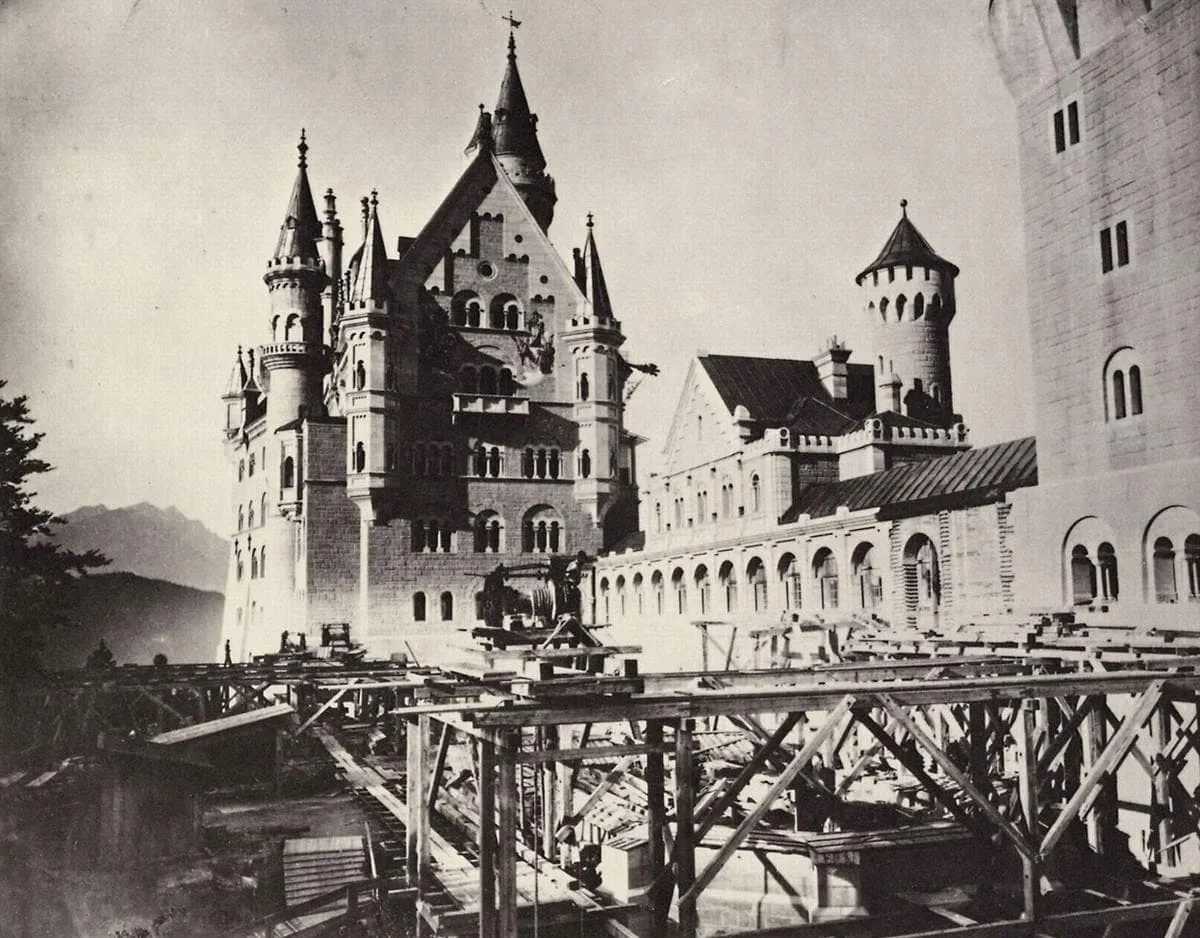
Construction began in 1869, blending Romanesque, Gothic, and Byzantine influences into a unique 19th-century architectural masterpiece.
Despite being incomplete at Ludwig’s death, the castle became an enduring symbol of romanticism.
Interior Design & Rooms
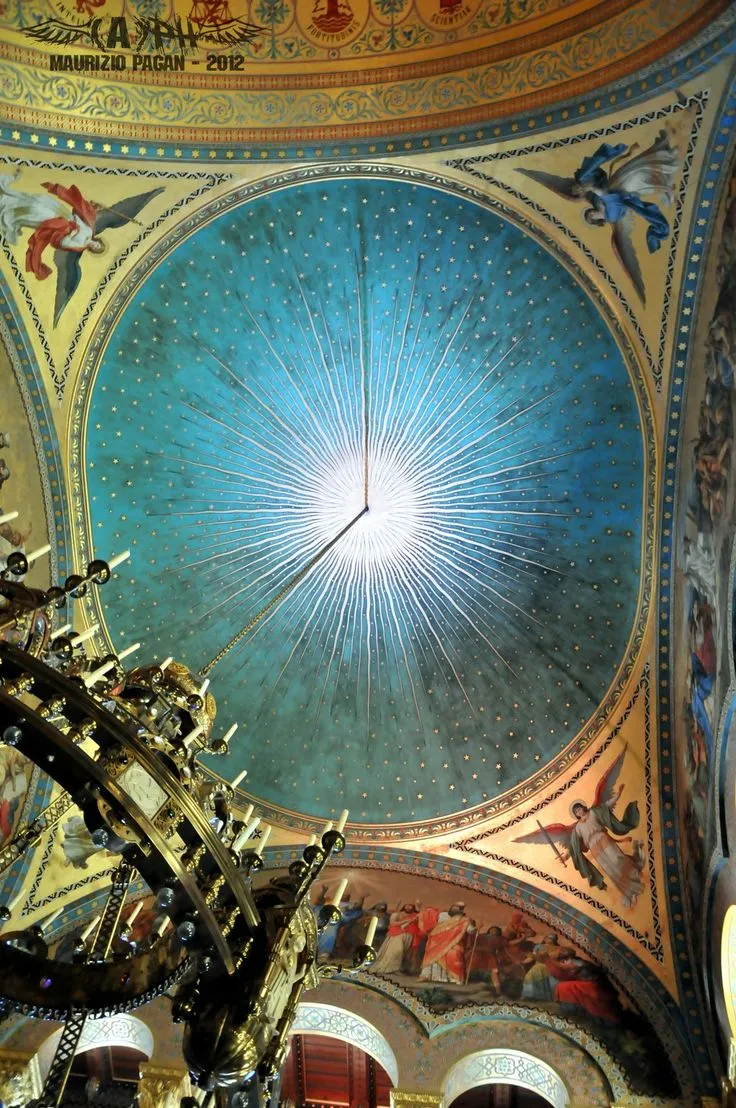
Visitors can explore the opulent Throne Hall, the king’s bedroom, and other intricately decorated rooms.
Each space reflects Ludwig’s fascination with medieval legends and Bavarian heritage.
Art, Murals & Inspirations
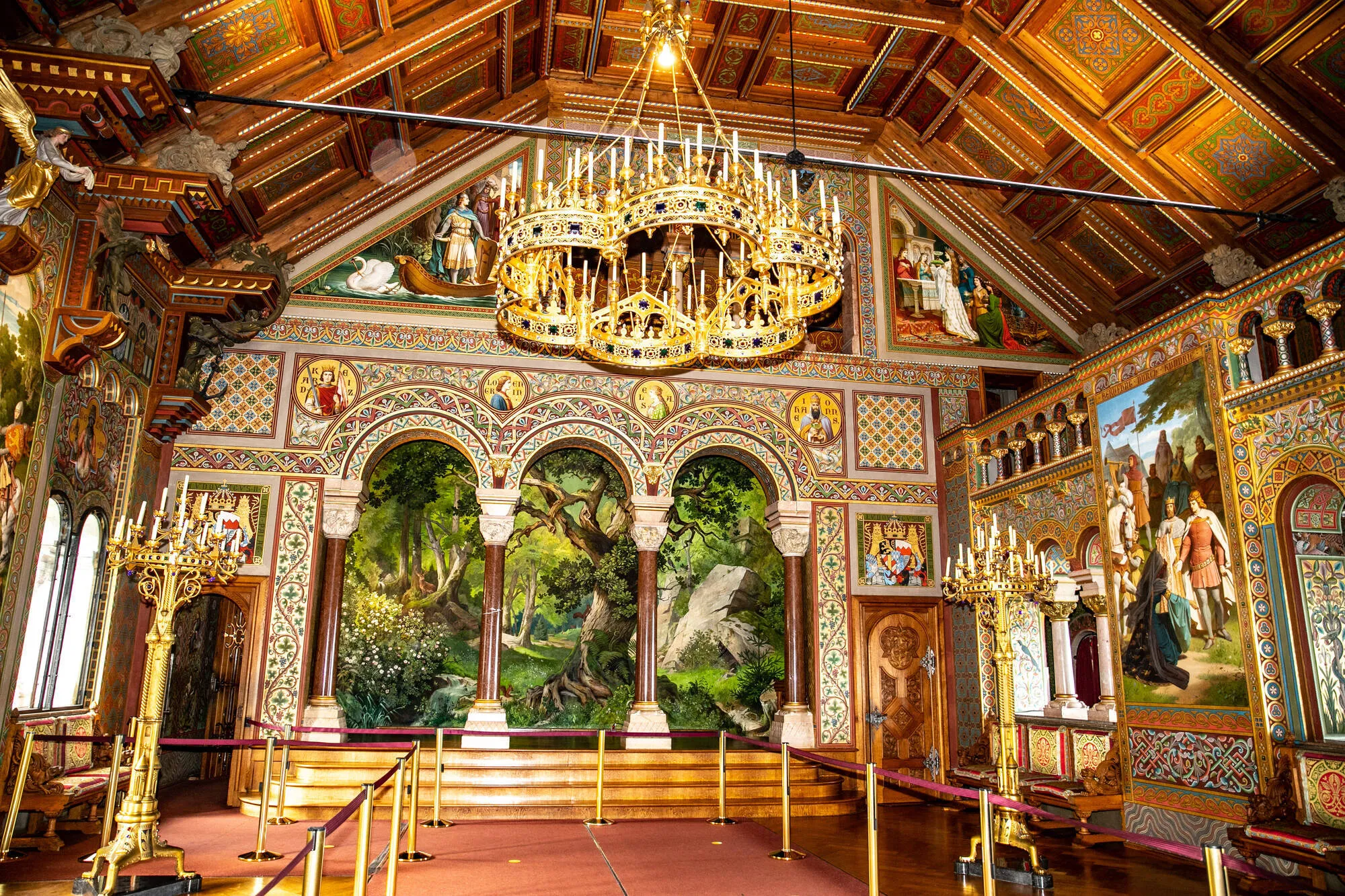
The walls are adorned with murals depicting heroic legends, Wagnerian operas, and Bavarian folklore.
The art adds layers of storytelling to the already enchanting architecture.
Preservation and Restoration

Ongoing restoration projects preserve the castle’s beauty and structural integrity.
Modern techniques ensure that visitors can safely enjoy the castle for generations.
Cultural Impact & Media
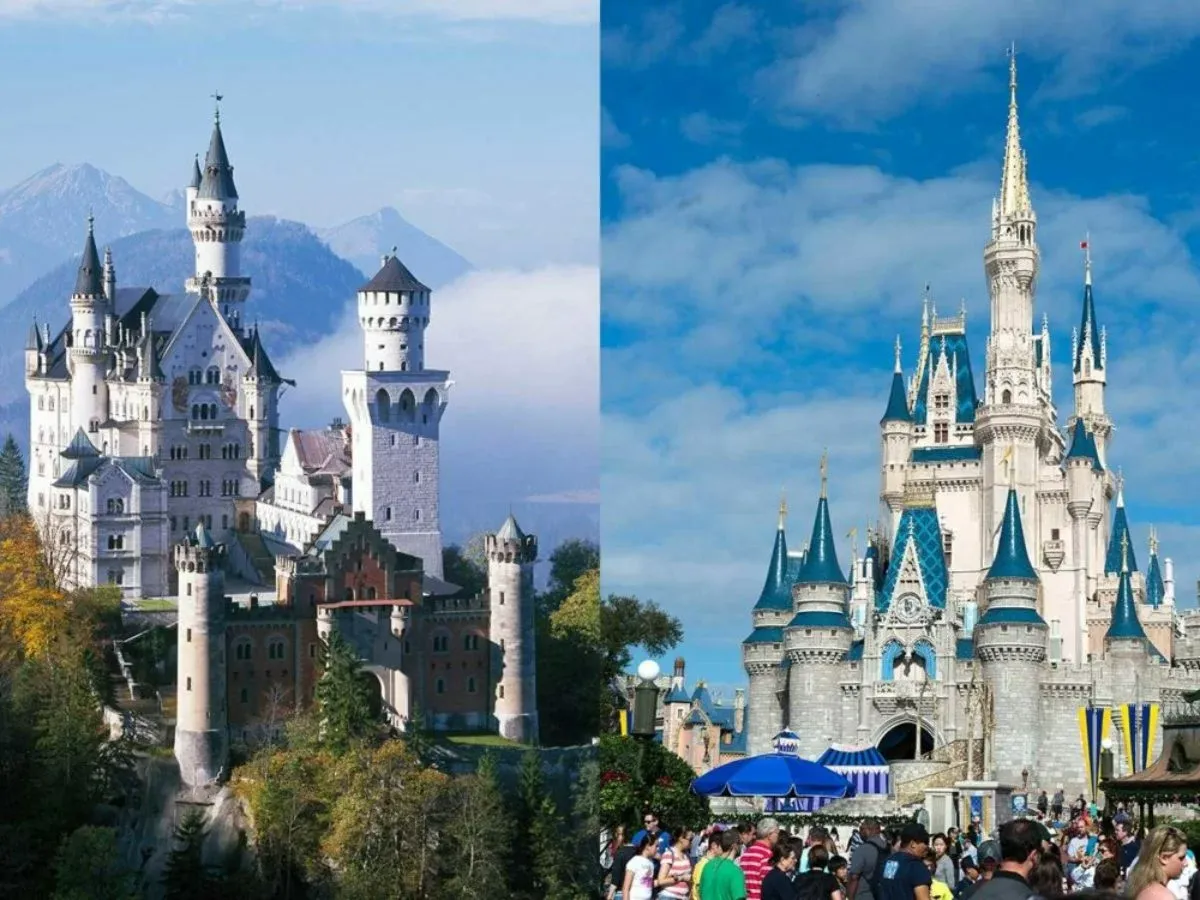
The castle has inspired films, books, and Disney’s iconic Sleeping Beauty Castle.
Its romantic image continues to captivate visitors worldwide.
Visitor Experience Over Time
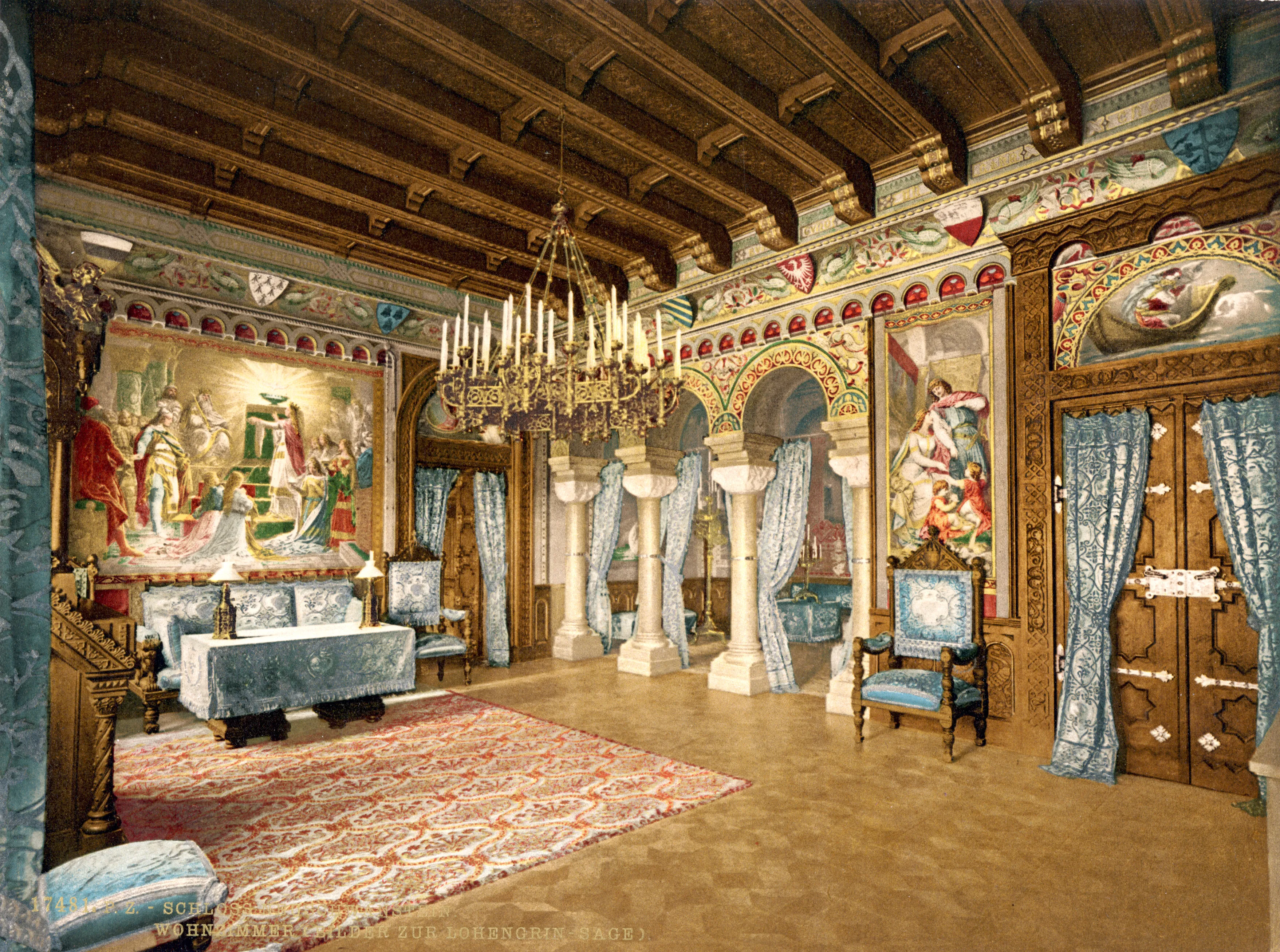
Visitor facilities have improved with guided tours, signage, and accessible paths.
Guests can now enjoy a richer, safer, and more informative experience.
Digital Tours & Modern Tech
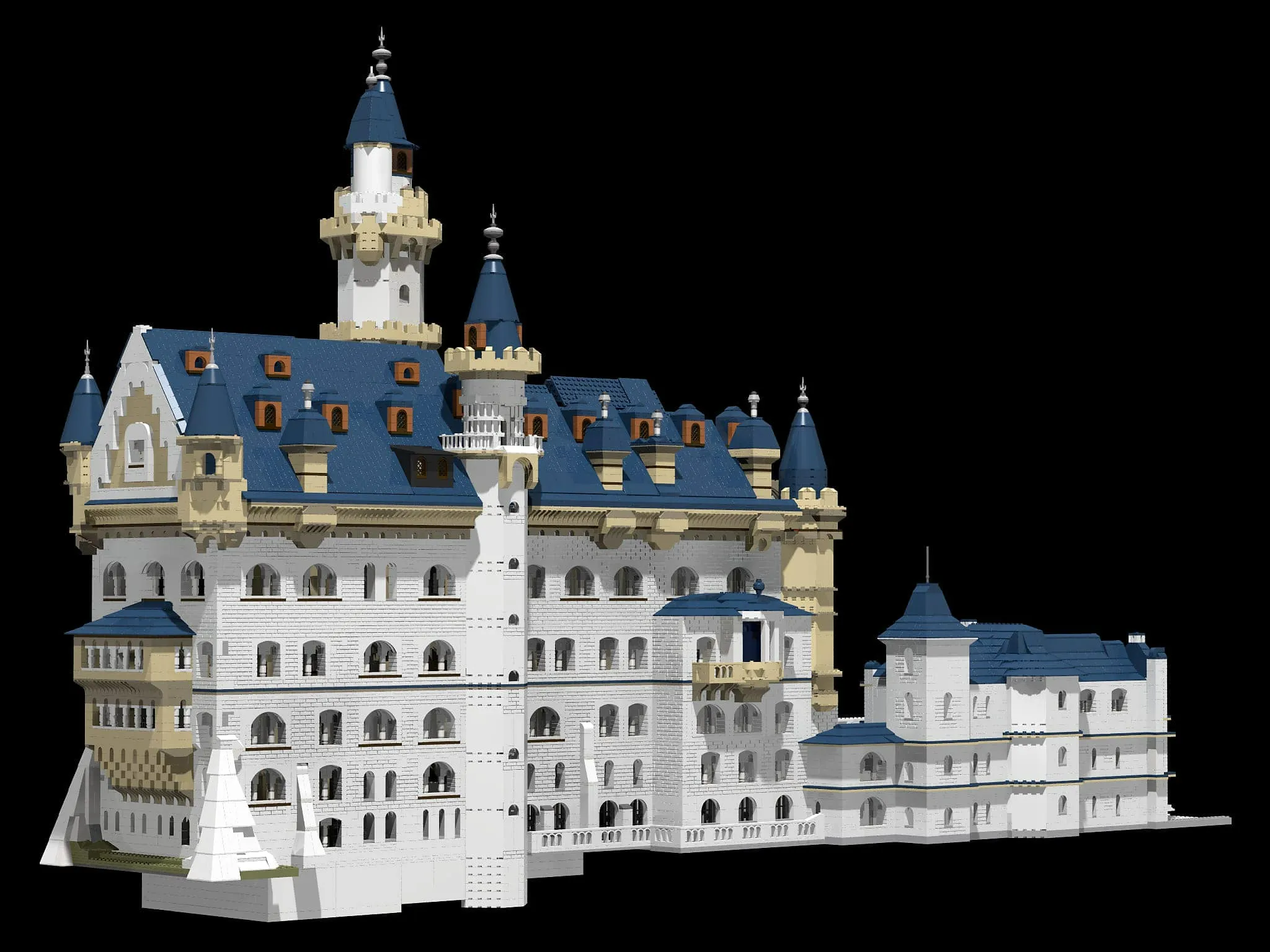
Online 3D tours and virtual reality experiences let people explore Neuschwanstein from anywhere.
These tools complement traditional visits and educational resources.
Neuschwanstein in Popular Culture

Its appearance in films, books, and art reinforces its global fame.
It remains a symbol of fantasy, romance, and architectural beauty.
Visiting Today
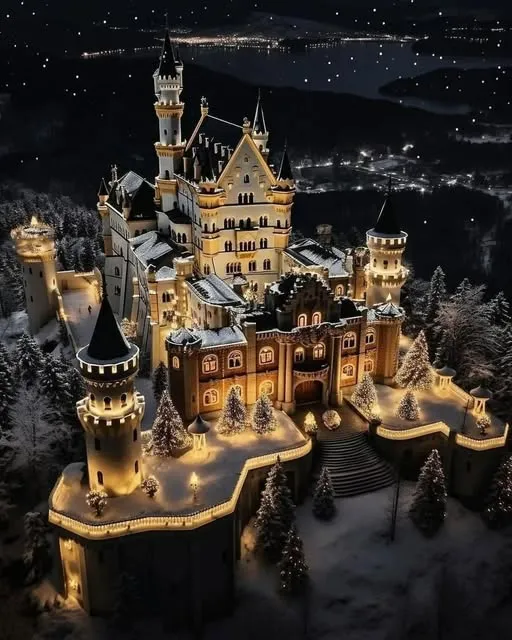
Millions visit each year, experiencing King Ludwig’s dream set against the Alps.
Strict guidelines protect the castle while allowing visitors to explore freely.
Future Preservation Plans
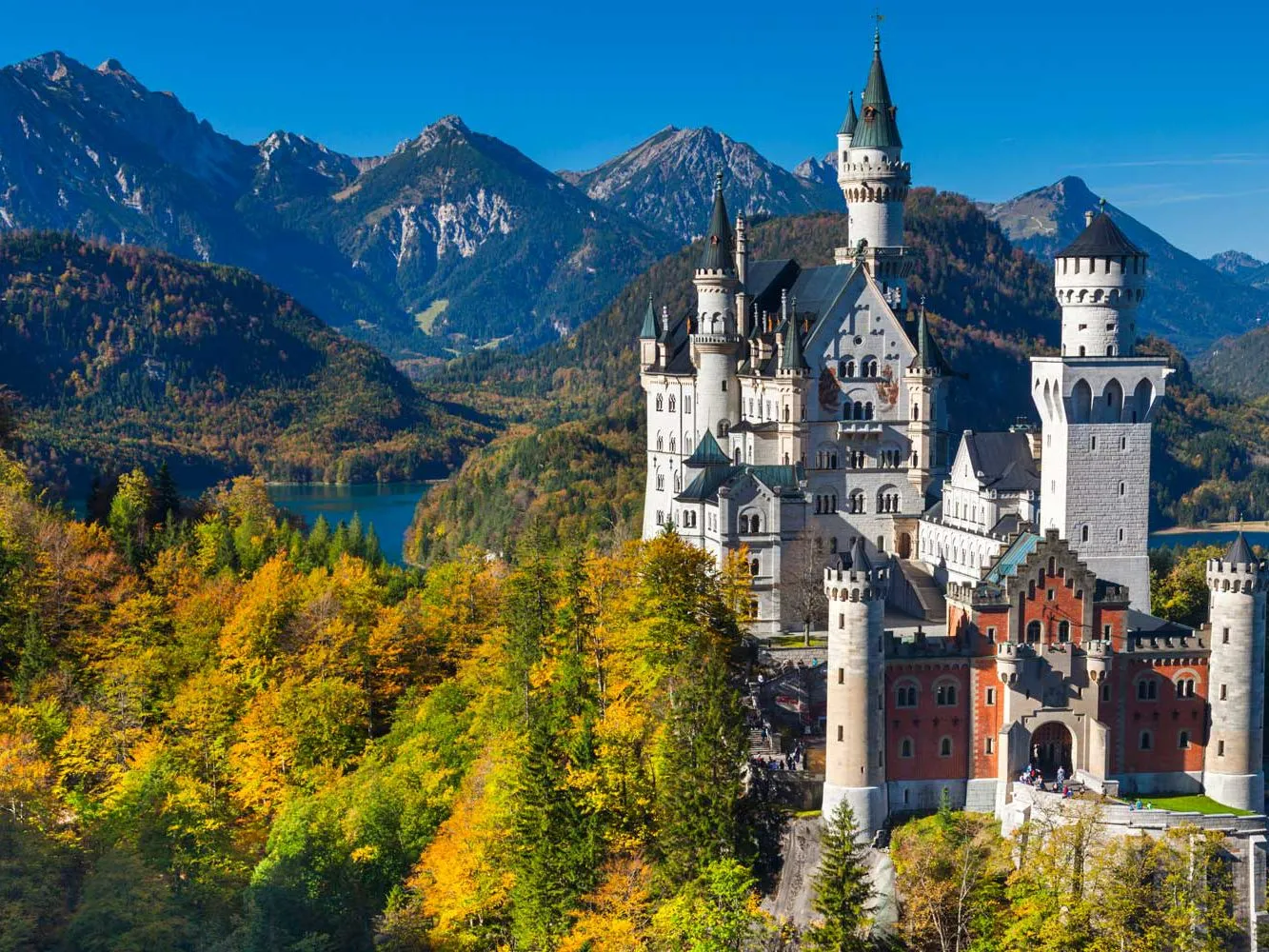
Future projects focus on structural stability, roof maintenance, and environmental impact mitigation.
Innovative preservation methods ensure the castle remains intact for generations.
Other Bavarian Castles
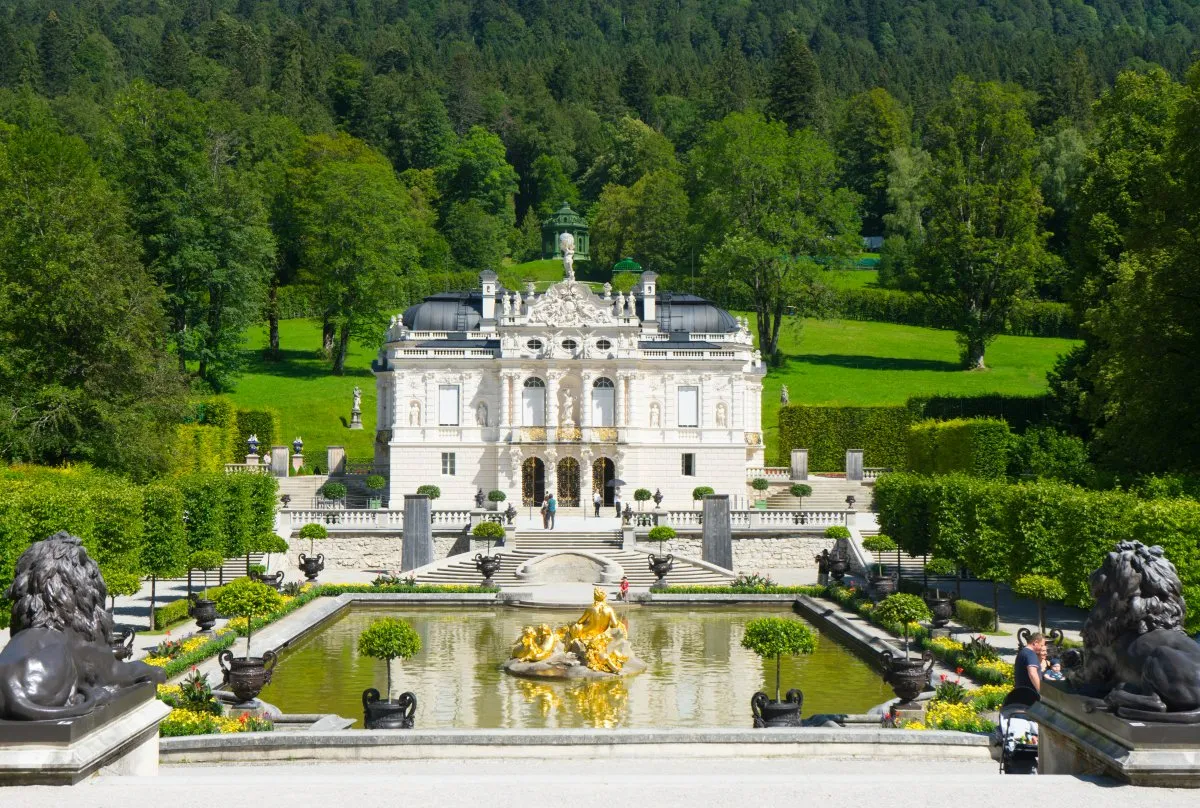
Nearby castles like Hohenschwangau influenced Ludwig and offer visitors additional insight into Bavarian royalty.
Their combined history enriches the region’s cultural heritage.
Romantic & Cultural Significance
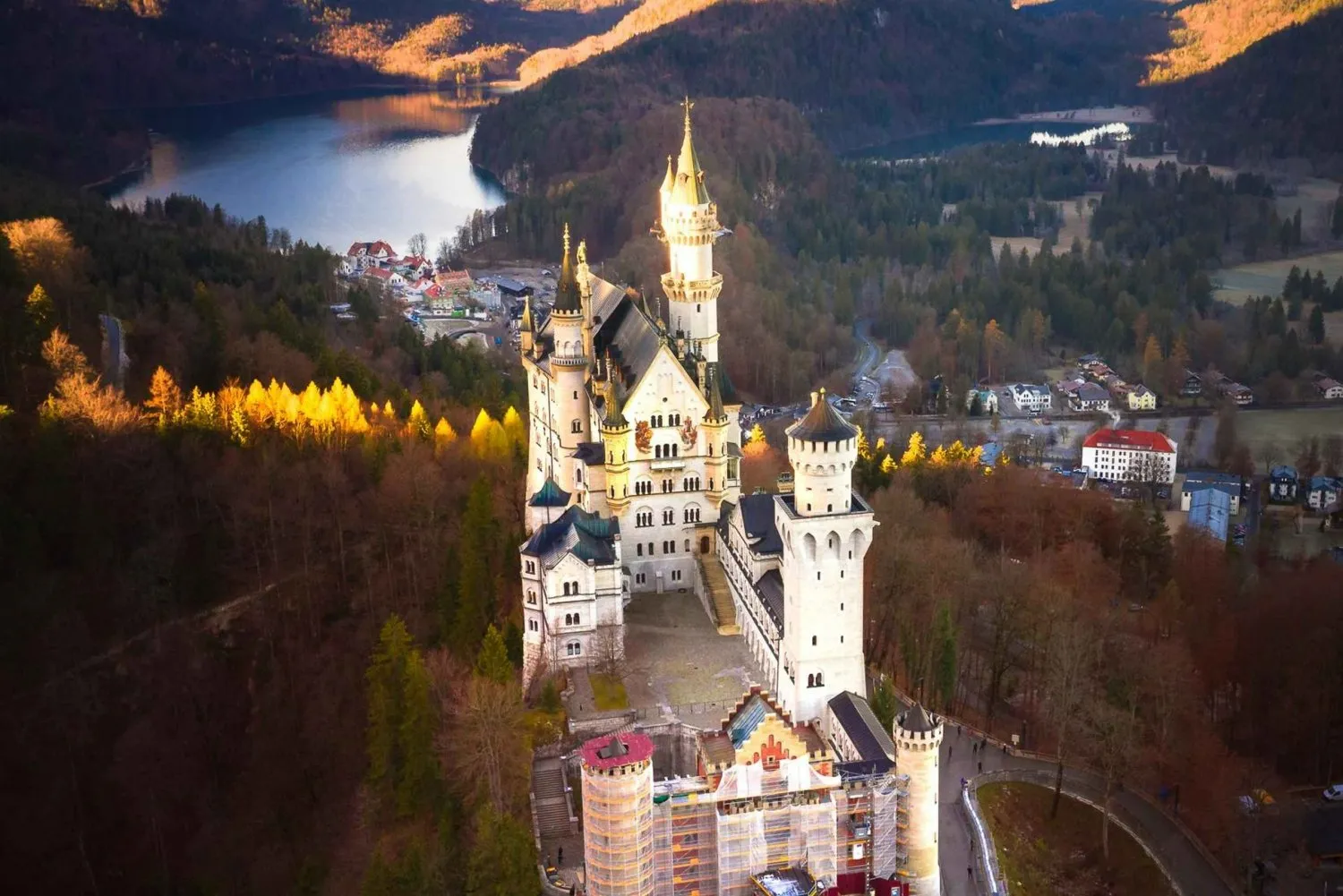
Neuschwanstein embodies the romantic ideals of the 19th century and Bavaria’s cultural pride.
It continues to inspire artists, travelers, and historians around the world.
Table of Contents
King Ludwig II & the Vision

King Ludwig II commissioned Neuschwanstein Castle as a retreat and homage to medieval legends and the works of Richard Wagner.
His vision shaped the castle’s fairy-tale appearance and intricate details.
Construction and Architecture

Construction began in 1869, blending Romanesque, Gothic, and Byzantine influences into a unique 19th-century architectural masterpiece.
Despite being incomplete at Ludwig’s death, the castle became an enduring symbol of romanticism.
Interior Design & Rooms

Visitors can explore the opulent Throne Hall, the king’s bedroom, and other intricately decorated rooms.
Each space reflects Ludwig’s fascination with medieval legends and Bavarian heritage.
Art, Murals & Inspirations

The walls are adorned with murals depicting heroic legends, Wagnerian operas, and Bavarian folklore.
The art adds layers of storytelling to the already enchanting architecture.
Preservation and Restoration

Ongoing restoration projects preserve the castle’s beauty and structural integrity.
Modern techniques ensure that visitors can safely enjoy the castle for generations.
Cultural Impact & Media

The castle has inspired films, books, and Disney’s iconic Sleeping Beauty Castle.
Its romantic image continues to captivate visitors worldwide.
Visitor Experience Over Time

Visitor facilities have improved with guided tours, signage, and accessible paths.
Guests can now enjoy a richer, safer, and more informative experience.
Digital Tours & Modern Tech

Online 3D tours and virtual reality experiences let people explore Neuschwanstein from anywhere.
These tools complement traditional visits and educational resources.
Neuschwanstein in Popular Culture

Its appearance in films, books, and art reinforces its global fame.
It remains a symbol of fantasy, romance, and architectural beauty.
Visiting Today

Millions visit each year, experiencing King Ludwig’s dream set against the Alps.
Strict guidelines protect the castle while allowing visitors to explore freely.
Future Preservation Plans

Future projects focus on structural stability, roof maintenance, and environmental impact mitigation.
Innovative preservation methods ensure the castle remains intact for generations.
Other Bavarian Castles

Nearby castles like Hohenschwangau influenced Ludwig and offer visitors additional insight into Bavarian royalty.
Their combined history enriches the region’s cultural heritage.
Romantic & Cultural Significance

Neuschwanstein embodies the romantic ideals of the 19th century and Bavaria’s cultural pride.
It continues to inspire artists, travelers, and historians around the world.